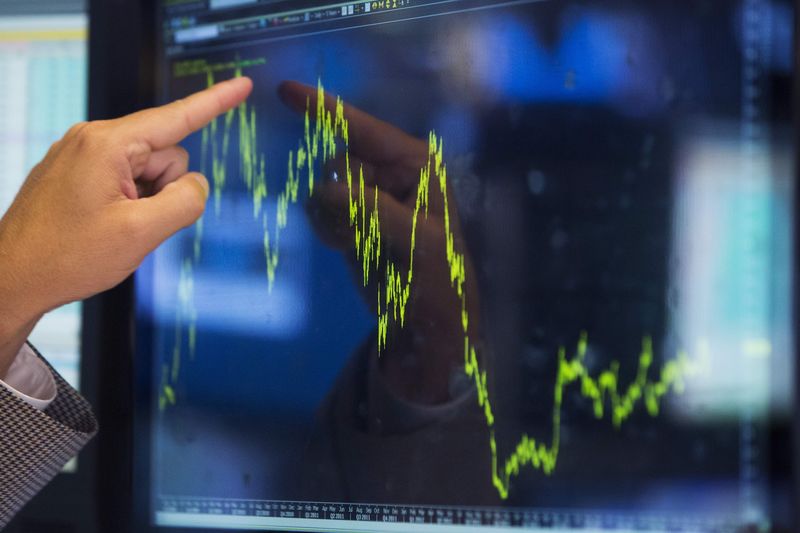By Pratima Desai and Siyi Liu
LONDON/BEIJING (Reuters) -The Shanghai Futures Exchange (ShFE) is looking to expand its commodities warehousing network outside China, and is examining systems and regulations in the sector overseas, three sources with direct knowledge of the matter told Reuters.
China’s dominant commodities bourse has a domestic network of 216 storage facilities for futures contracts, including metals traded on its market, plus other materials such as rubber.
“ShFE has the intention to expand into overseas warehousing. They are working out what they want to do, how they want to do it and when they want to do it,” one of the sources said.
Ramping up its global presence in metals warehousing would put the ShFE in direct competition with the London Metal Exchange (LME), which dominates the industry outside China, potentially challenging London’s position as the centre of global metals pricing.
China, the world’s largest consumer and producer of industrial metals such as copper, wants domestic players to be able to exert more influence over prices, the sources said.
To achieve that, two of the sources said, it launched an international contract in November 2020 on the Shanghai International Energy Exchange (INE). Liquidity is needed for the contract to thrive, and that requires warehouse stocks.
Another source familiar with the matter said: “As an exchange providing services to global clients, ShFE always pays attention to overseas warehousing infrastructure, policies and regulations. Where to set up warehouses in the future needs further investigation and research on the market.”
The sources said no timeline was given for achieving expansion.
While the ShFE has a firm hold on Chinese metals trading and warehousing, the LME has long dominated elsewhere, with a storage network comprising more than 500 facilities in 32 locations across the United States, Europe and Asia.
The London-based bourse, owned by Hong Kong Exchanges and Clearing (HK:) and the world’s oldest and largest metals trading venue, has aimed since 2012 to gain a foothold in Chinese warehousing, without success.
Copper stocks in LME-registered warehouses currently amount to 54,450 metric tons, or nearly $463 million at current LME prices, while those in warehouses certified by ShFE total 74,638 tons, or more than $634 million.
KEY DIFFERENCES
Sources say there are a couple of major differences between the way warehousing works in China and the rest of the world.
One, they say, is the way rents, or fees for storage, are applied. ShFE gives guidance on what its warehouse operators can charge based on location and metal. Rents that LME-approved warehouses can charge are capped.
Another contrast is insurance. ShFE regulations make warehouse companies responsible for problems with stored metal. Outside China, metal is insured by its owner and the warehouse company is typically only liable if it was proved negligent.
“Other issues are INE copper being denominated in yuan, which makes things more complicated for the international market, and there is a problem generally with low stocks,” said an industry source.
China has capital and currency controls to restrict the flows of foreign money coming into and leaving the country.
Low stocks in the LME system are reflected in volatility of spread trades such as that between cash copper and the three-month future contract, which spikes periodically as traders scramble for supplies on the exchange.
Warehouses registered with the LME are normally in countries or regions which consume and import large amounts of metal such as copper. One LME exception is Singapore, which doesn’t consume large amounts of metals, but which is a key transit location.
ShFE has an office in Singapore which the sources said has been scouted as a potential location for warehouses that can store metal under ShFE warrant – a title document that confers ownership of metal.
“Another location ShFE has looked at is Thailand for the INE’s international rubber contract,” a second source with knowledge of the matter said.
Thailand is a top producer of rubber, and it too could be used as a transit location for other parts of Asia.
“A lot of rubber might go to China, but Thailand may make scheduling and delivery of rubber more flexible for the South East Asia market,” the second source said.
Read the full article here













